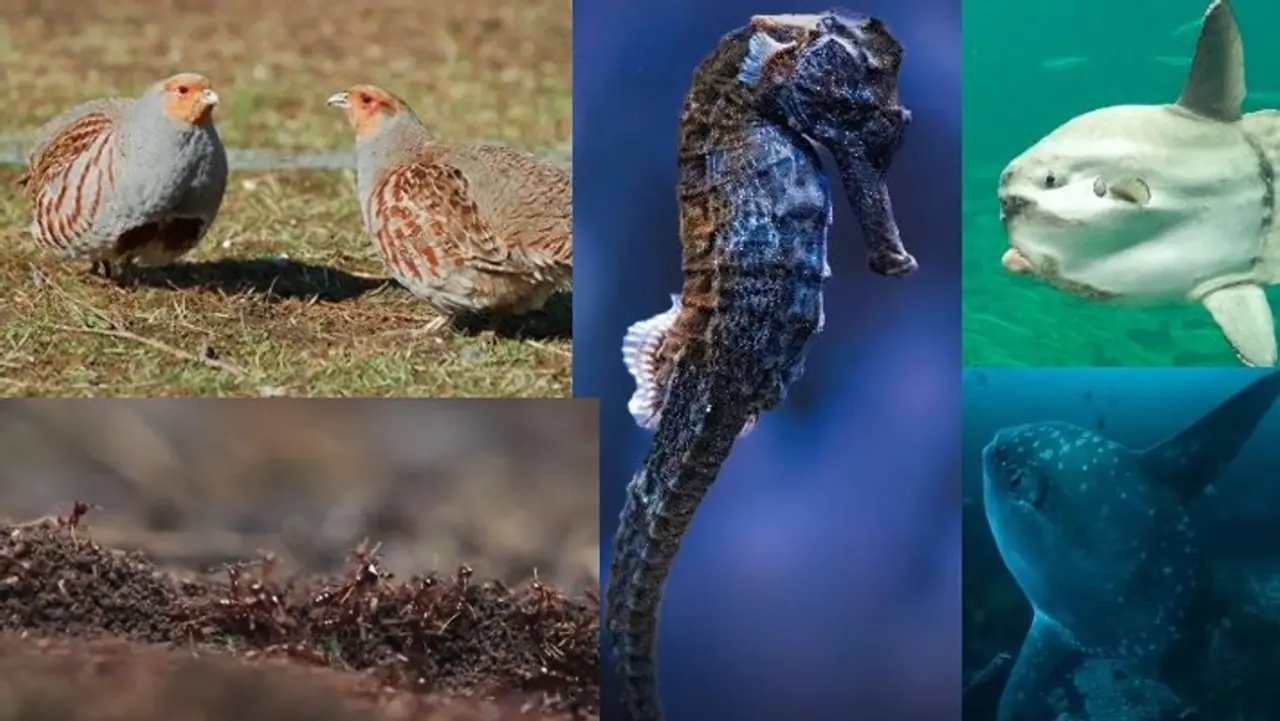These four creatures increase their offspring too rapidly; Check Here
Humans typically give birth to one child at a time, with twins or triplets being rare exceptions. In contrast, many animals can produce thousands of offspring at once. Here's a look at some creatures known for their remarkably large reproductive capacities.

The animal world is a wonder, it always surprises humans with its different and amazing abilities. Humans give birth to only one child at a time. Rarely twins or triplets are born. But the animal world is not like that, here thousands of offspring are born at the same time, here are the details of some creatures that increase their offspring too much.

Seahorse
In seahorses, it's the male that takes on the unique role of reproduction. A male seahorse can give birth to up to two thousand offspring at once. After the female deposits eggs into the male's pouch, he carries and incubates them. Depending on the species, a male seahorse can carry anywhere from 150 to 2000 eggs at a time before releasing the fully developed young.
Ocean sunfish
The mola, or ocean sunfish, is a large, heavy-boned fish known for its unique shape. What sets it apart even more is its astonishing reproductive capacity. When a mola lays eggs, it doesn't lay just a few—it releases an incredible 300 million eggs at once. This remarkable feat makes the mola one of the most prolific breeders in the animal kingdom.
Gray partridge clutches
The gray partridge, a small bird native to North America, is renowned for its impressive reproductive abilities. This gray-colored bird typically lays between 16 to 22 eggs in a single clutch, an unusually high number for birds. This remarkable feat of laying so many eggs at once sets the gray partridge apart in the avian world.
African driver ants
African driver ants are considered marvels in the animal kingdom for their extraordinary reproductive abilities. These ants can lay an astonishing 3 to 4 million eggs every 35 days, showcasing their immense capacity to rapidly increase their population. This incredible reproductive cycle makes them one of the most prolific species in the insect world.
Explore the latest Lifestyle News covering fashion, wellness, travel, Food and Recipes, and more. Stay updated with trending Health News, fitness tips, and expert insights to inspire your daily living. Discover personalized lifestyle trends that keep you stylish and informed. Download the Asianet News Official App for everything that adds value to your everyday life.